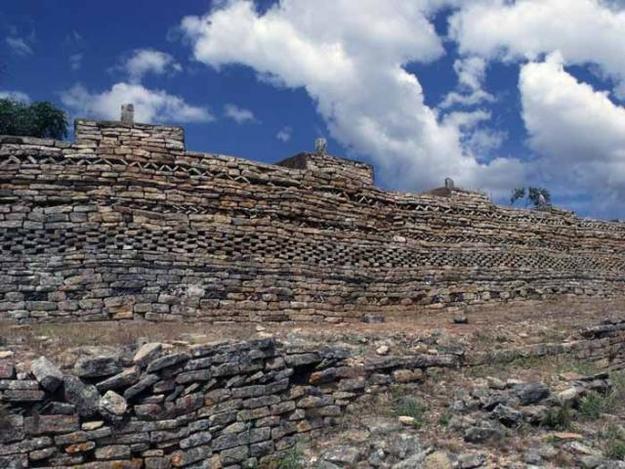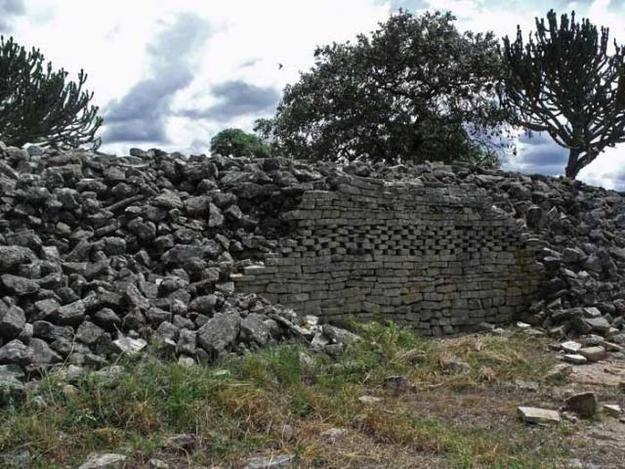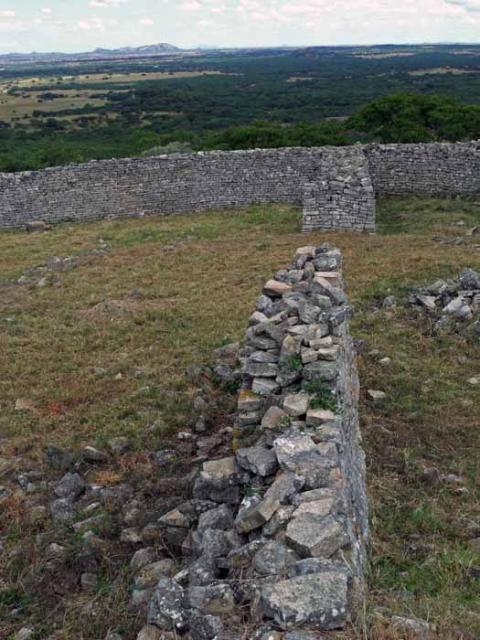Nalatale Ruins
2012 World Monuments Watch
The ruins of Nalatale, in the remote Somabhula Flats in central Zimbabwe, are the remains of the capital of the Butua kingdom’s Torwa dynasty. This group rose to prominence following the decline of Great Zimbabwe, founding Khami in the late fifteenth century and Dhlo Dhlo in the sixteenth before moving their capital to Nalatale in the seventeenth. The Torwa prospered for nearly two centuries before the Rozwi people conquered and settled the land. The site is an elliptical complex of dressed granite blocks in the building tradition of Great Zimbabwe. The walls reveal elaborate stonework designs, including check, herringbone, and chevron patterns. In the 1800s, Europeans looking for gold and treasures desecrated the site. Declared a national monument in the 1960s, remedial interventions were undertaken to conserve the ruins, but restoration efforts ceased in the 1980s due to a lack of funding. At the time of the site’s inclusion on the 2012 World Monuments Watch, the foundations and walls faced serious risk of collapse and required urgent intervention. Furthermore, the political and economic problems that gripped Zimbabwe severely limited conservation efforts and available resources.
Since the Watch
In November 2013, the National Museums and Monuments of Zimbabwe were awarded a grant from the Ambassadors Fund for Cultural Preservation of the U.S. Department of State for the restoration of the collapsed walls of the Nalatale ruins. The project was completed in September 2014 and involved restoration of the dry-stone walls, clearing of rubble, improvement of the road that leads up to the ruins, and the addition of a small site museum, interpretative signs, and benches.



